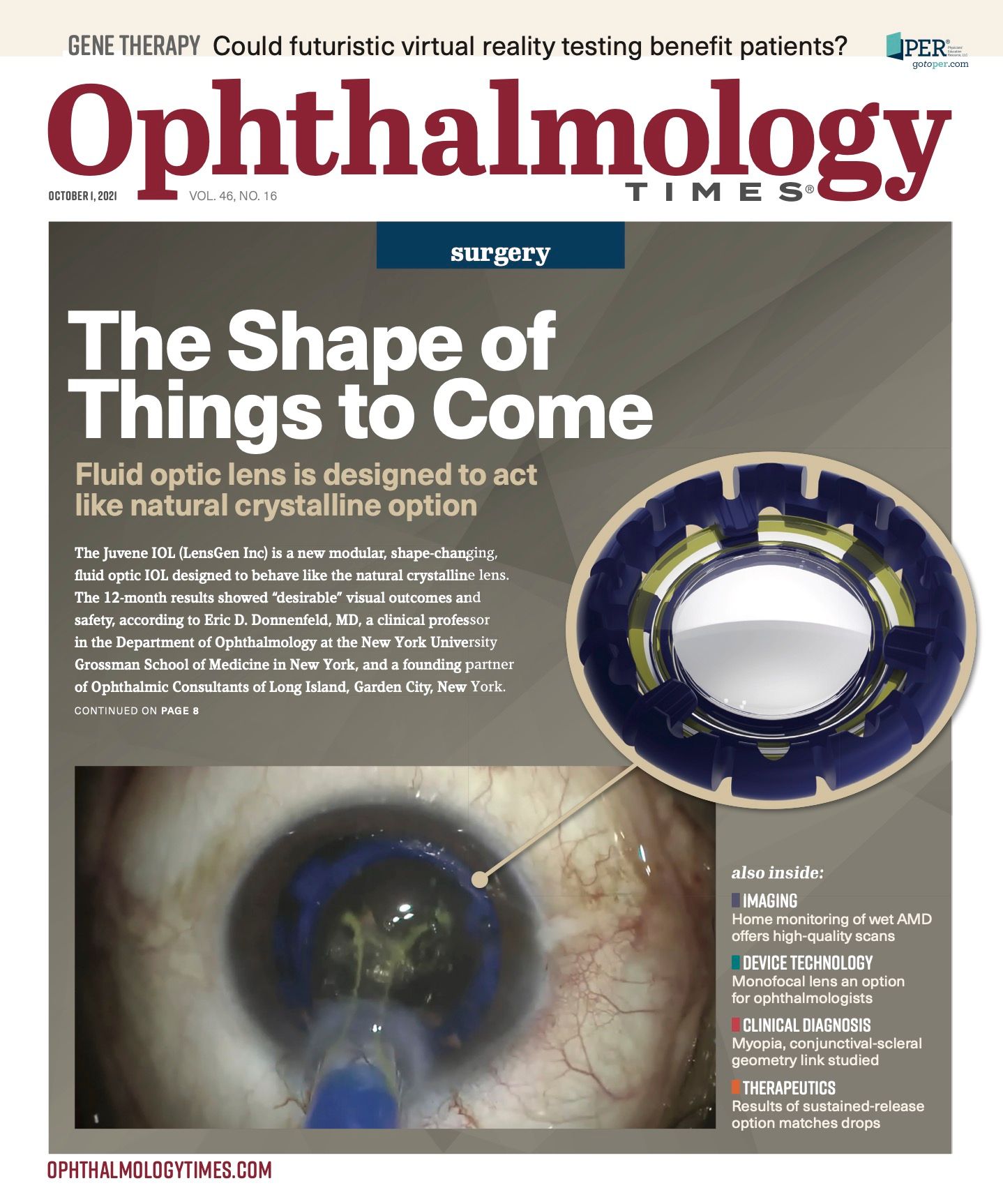- COVID-19
- Biosimilars
- Cataract Therapeutics
- DME
- Gene Therapy
- Workplace
- Ptosis
- Optic Relief
- Imaging
- Geographic Atrophy
- AMD
- Presbyopia
- Ocular Surface Disease
- Practice Management
- Pediatrics
- Surgery
- Therapeutics
- Optometry
- Retina
- Cataract
- Pharmacy
- IOL
- Dry Eye
- Understanding Antibiotic Resistance
- Refractive
- Cornea
- Glaucoma
- OCT
- Ocular Allergy
- Clinical Diagnosis
- Technology
ARMOR study: Keeping pace with microbial resistance to antibiotics
Ongoing nationwide study looks at in vitro antibiotic resistance among isolates.

Reviewed by Penny Asbell, MD, FACS, MBA
The Antibiotic Resistance Monitoring in Ocular Microorganisms (ARMOR) surveillance study has identified high levels of in vitro antibiotic resistance among ocular staphylococcal and pneumococcal pathogens, resistance that may affect treatment success, according to Penny Asbell, MD, FACS, MBA, director of the Hamilton Eye Institute at the University of Tennessee Health Science Center.
The ARMOR study is an ongoing nationwide study examining in vitro antibiotic resistance among isolates that have been collected from ocular infections.
Between 2009 and 2018, 6091 ocular isolates were collected; specifically, Staphylococcus aureus (n = 2189), coagulase-negative staphylococci (n = 1745), Streptococcus pneumoniae (n = 590), Pseudomonas aeruginosa (n = 767), and Haemophilus influenzae (n = 780).
Related: VA and visual function go the way of ocular inflammation
The ocular isolates were obtained at the participating study sites nationwide and sent to a central laboratory for confirmation of bacterial identity and susceptibility testing.
The investigators also carried out a literature search for susceptibility data on the bacteria from ocular infections reported in other studies for comparison with 10-year ARMOR findings, according to Asbell.
According to investigators, the key findings from ARMOR include the following:
- Staphylococci were resistant to azithromycin (60%-61%), methicillin (35%-51%), and ciprofloxacin (33%-34%).
- S pneumoniae isolates were resistant to azithromycin and penicillin (32% and 36%, respectively). P aeruginosa and H influenzae resistance was low.
- Multidrug resistance, defined as resistance to at least 1 antimicrobial drug in 3 or more drug classes, was especially prevalent among methicillin-resistant staphylococci.
A bright spot is that the prevalence of methicillin-resistant S aureus may be declining after reaching a peak from 2005 to 2015.
Related: Research: Similar endophthalmitis rates for generic, branded topical antibiotics
Based on their findings, the investigators concluded that “the ARMOR study showed high levels of in vitro antibiotic resistance among ocular staphylococcal and pneumococcal pathogens and were largely representative of those reported in smaller US surveillance studies.”
The investigators also suggest that surveillance data are relevant in that resistance to antibiotics may foretell treatment failure.
Penny Asbell, MD, FACS, MBA
E: pasbell@uthsc.edu
This article is adapted from Asbell’s presentation at the Women in Ophthalmology 2021 Summer Symposium. The ARMOR study is sponsored by Bausch + Lomb. Asbell was a consultant for Bausch Health US, LLC, for Grand Rounds presentation to Bausch & Lomb but has received no compensation for participation in this study.

